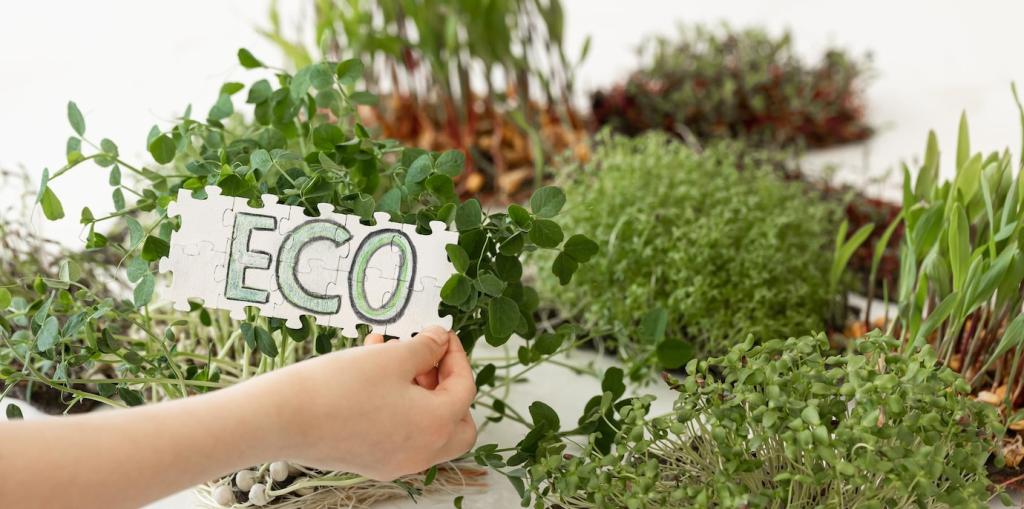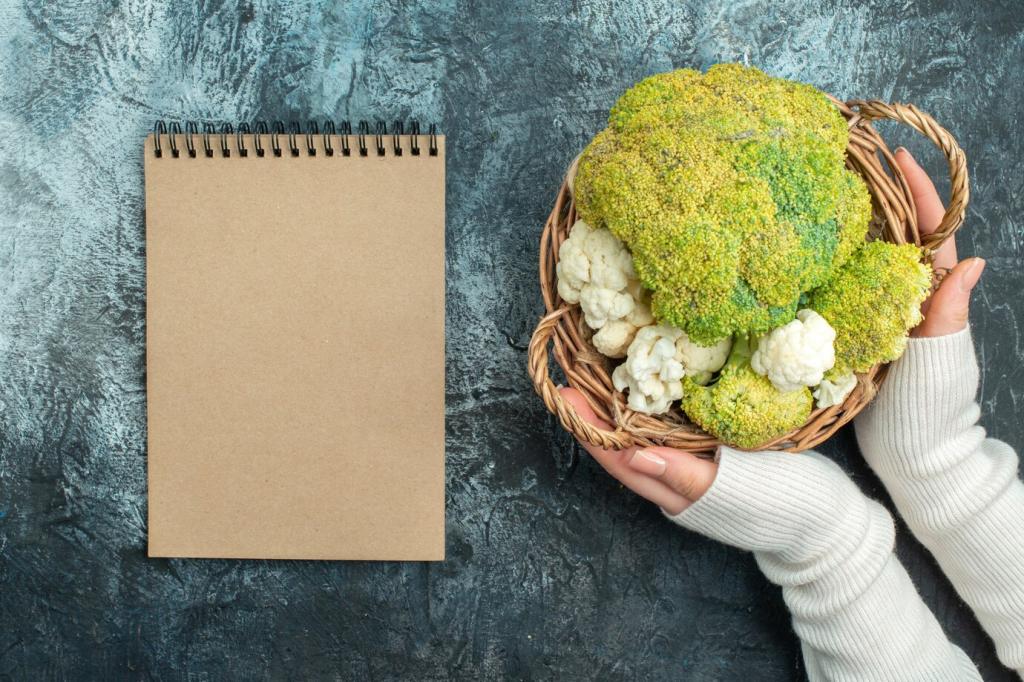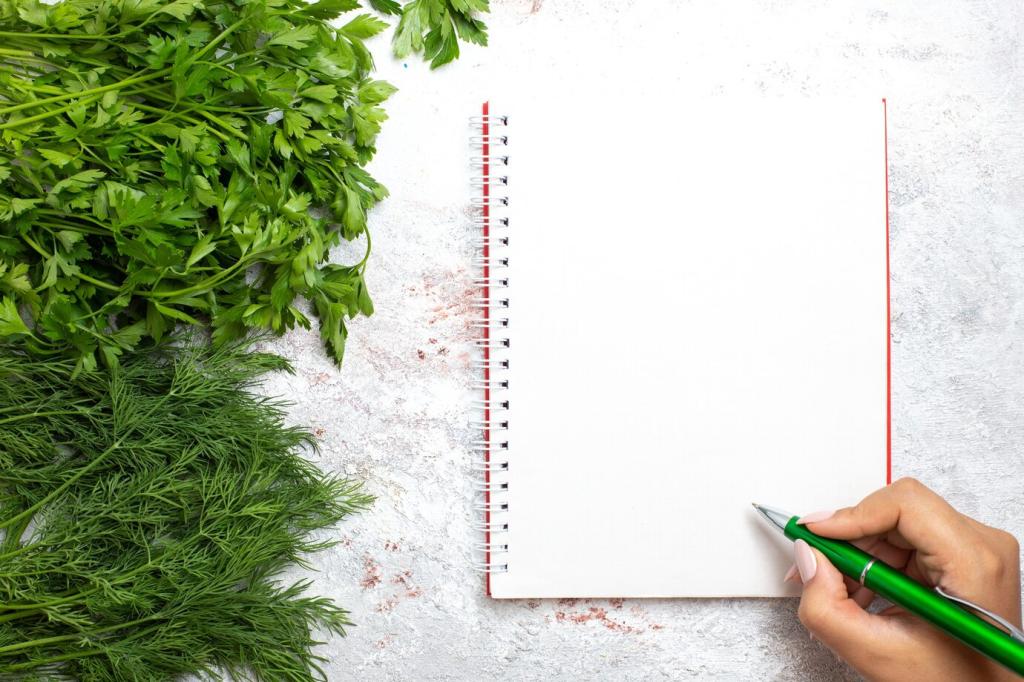
Start Strong: Composting Basics for Sustainable Gardening
Chosen theme: Composting Basics for Sustainable Gardening. Welcome! Let’s turn everyday scraps into living soil, enrich your beds, and grow greener gardens—together. Comment with your goals and subscribe for weekly, practical composting guidance.

Getting Started: Foundations of Composting Basics for Sustainable Gardening
Composting closes the loop: it returns nutrients to soil, reduces landfill methane, and cuts fertilizer costs. Small household contributions add up quickly. Share your first step below and invite a friend to join your sustainable gardening journey.
Getting Started: Foundations of Composting Basics for Sustainable Gardening
A ventilated bin, a kitchen caddy, a pitchfork or aerator, and a tarp are enough. Place the pile on soil for drainage. Keep notes, snap photos, and subscribe for seasonal checklists that help track progress without guesswork.
Browns, Greens, and the Right Balance
Aim for roughly 25–30 parts carbon to one part nitrogen. Browns include dry leaves and shredded cardboard; greens include coffee grounds and kitchen scraps. Mix thoroughly. Curious about ratios in your bin? Share your inputs, and we’ll help estimate.
Browns, Greens, and the Right Balance
Alternate browns and greens in thin layers, then blend lightly. Shred bulky materials to increase surface area. Smaller pieces compost faster and heat more evenly. Comment with what you’re layering today, and tag a friend starting out.
Browns, Greens, and the Right Balance
Moisture should feel like a wrung-out sponge. Too wet? Add browns and turn. Too dry? Mist water evenly. Aeration fuels microbes; turning weekly prevents compaction. Subscribe for our moisture cheat sheet and printable airflow checklist.
Troubleshooting Your First Pile
If It Smells, Here’s Why—and What to Do
Rotten odors signal excess “greens” or low oxygen. Add shredded leaves, fluff the pile, and cover fresh scraps. Keep food buried. Share your situation in a comment, and we’ll troubleshoot together based on what you’ve already added.
Discouraging Pests Without Harsh Chemicals
Avoid meat, dairy, and oily foods in a backyard pile. Use a tight-fitting lid or hardware cloth base. Bury scraps deeply and cap with browns. Tell us what wildlife you’re managing, and we’ll recommend practical, humane deterrents.
Kickstarting Slow Decomposition
If progress stalls, add greens for nitrogen, moisten dry zones, and turn thoroughly. A handful of finished compost or garden soil introduces microbes. Want a step-by-step revival plan? Subscribe for our quick diagnostic flowchart.

Vermicomposting Under the Sink
A worm bin manages kitchen scraps quietly and efficiently. Maintain bedding with shredded paper and coconut coir. Keep it moist, not soggy, and feed modestly. Share your bin size and climate, and we’ll help tune your feeding schedule.

Bokashi for Cooked Scraps and Speed
Bokashi ferments almost all food, including small amounts of cooked leftovers. After fermentation, bury in soil or add to a compost pile to finish. Curious about bucket costs and inoculant options? Comment, and we’ll send our buyer’s checklist.

Community and Shared Composting Options
Check local gardens, municipal drop-offs, or neighborhood circles. Shared bins teach technique and build friendships. Ask about contamination rules and accepted materials. Post your city and we’ll crowdsource recommended hubs from fellow readers.
Safety and Inputs: What Goes In, What Stays Out
Fruit and vegetable scraps, coffee grounds, tea leaves, eggshells, yard trimmings, and untreated cardboard are reliable. Chop citrus peels and corn cobs smaller. Share your favorite dependable inputs and help newcomers build a clean base.


Safety and Inputs: What Goes In, What Stays Out
Skip meat, dairy, oils, large amounts of glossy paper, pet waste, and heavily treated wood chips. These attract pests or introduce pathogens. Have a questionable item? Ask in the comments, and the community will weigh in kindly.
Finishing and Using Compost in the Garden
Is It Finished? The Sights, Smells, and Feel
Mature compost looks dark and crumbly, smells like forest soil, and reveals no recognizable scraps. Let it cure a few weeks. Unsure about readiness? Post a photo description and we’ll help you judge before spreading.
How to Apply in Beds, Pots, and Lawns
Blend one to two inches into beds, top-dress pots lightly, or sift thinly over lawns. Water-in to settle. Share your garden type and square footage, and we’ll suggest a simple, tailored application plan.
Compost Tea: Benefits, Risks, and Safer Alternatives
Aerated teas are debated. If you brew, use clean equipment and finished compost. Often, a simple compost extract or mulch layer achieves similar benefits. Comment if you want our safer, step-by-step extract guide.
Seasonal Rhythm: Composting Basics Through the Year
Greens surge in warm months. Counter with extra browns, maintain moisture, and turn regularly. Track temperatures to avoid overheating. Subscribe to receive our weekly warm-season checklist with reminders you can actually follow.
Seasonal Rhythm: Composting Basics Through the Year
Shred leaves now and store them dry for year-round browns. Mix with kitchen greens to maintain that 25–30:1 sweet spot. Tell us your leaf sources, and we’ll suggest storage methods that fit your space.

Community, Stories, and Next Steps
A Gardener’s First Compost Win
Maya saved every coffee ground for a month, layered with leaves, and finally sprinkled finished compost around her peppers. Yields doubled. Share your first win, however small, and cheer on another beginner below.


Try the 30-Day Kitchen-Scrap Challenge
Collect all plant-based scraps for thirty days. Track weight and landfill savings. Post your weekly totals and photos. We’ll feature standout efforts in an upcoming basics roundup—subscribe so you don’t miss your shout-out.
